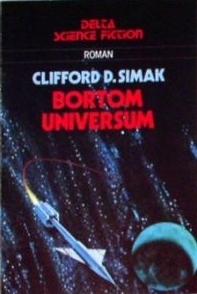What do you think?
Rate this book


169 pages, Paperback
First published January 1, 1950
A ghostly machine was taking shape upon the hard, pitted, frozen surface of the field… a crazy machine that glittered weirdly in the half-light of the stars. A machine with mind-wrenching angles, with flashing prisms and spidery framework, a towering skeleton of a machine that stretched out spaceward.